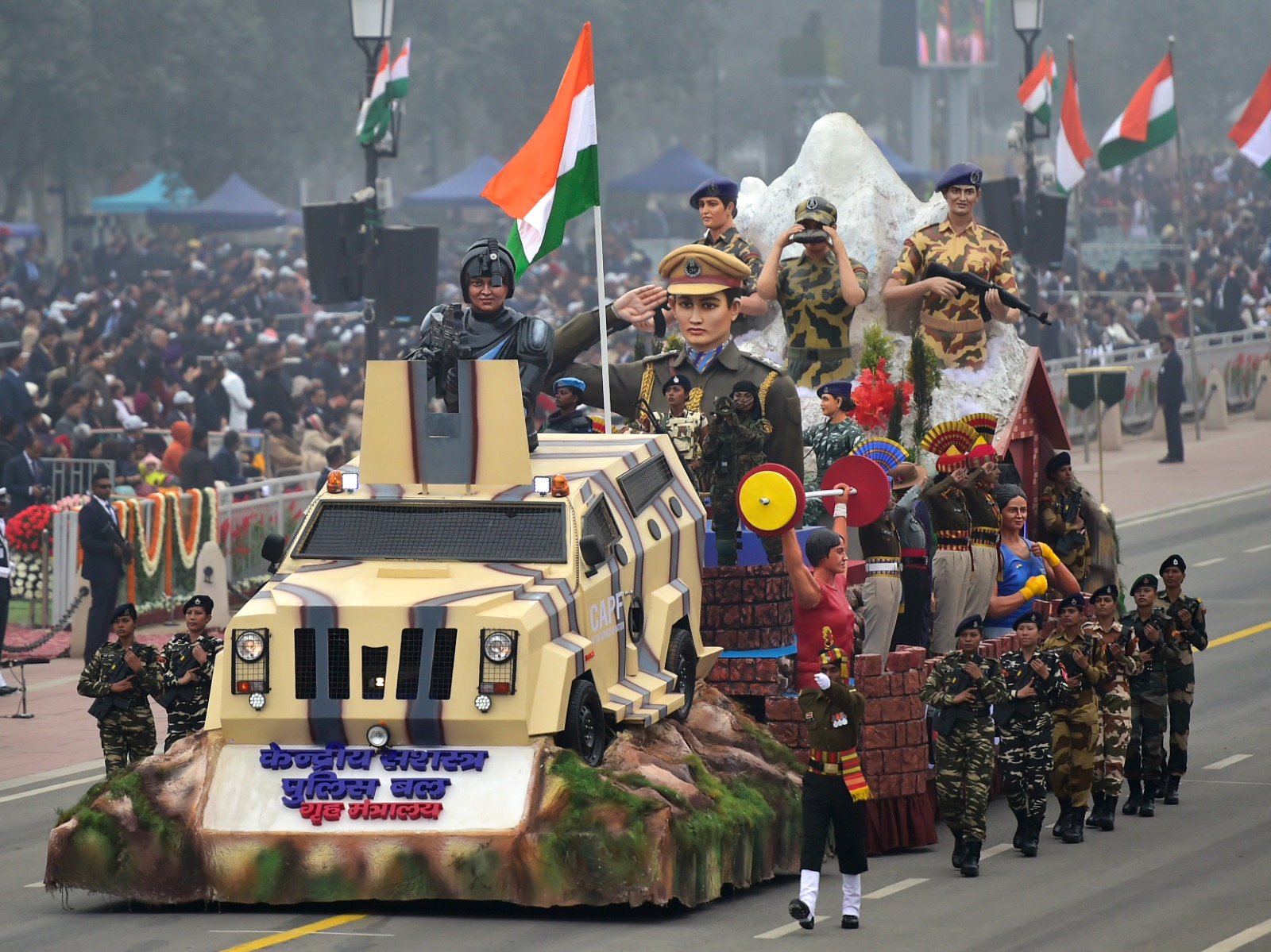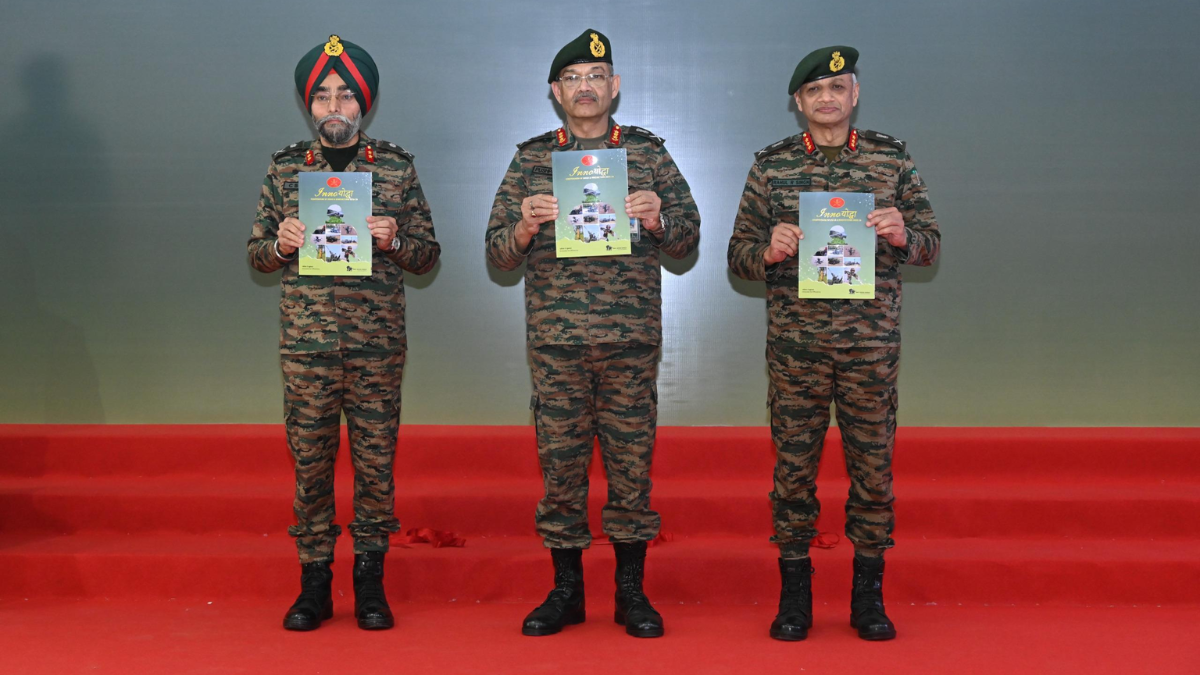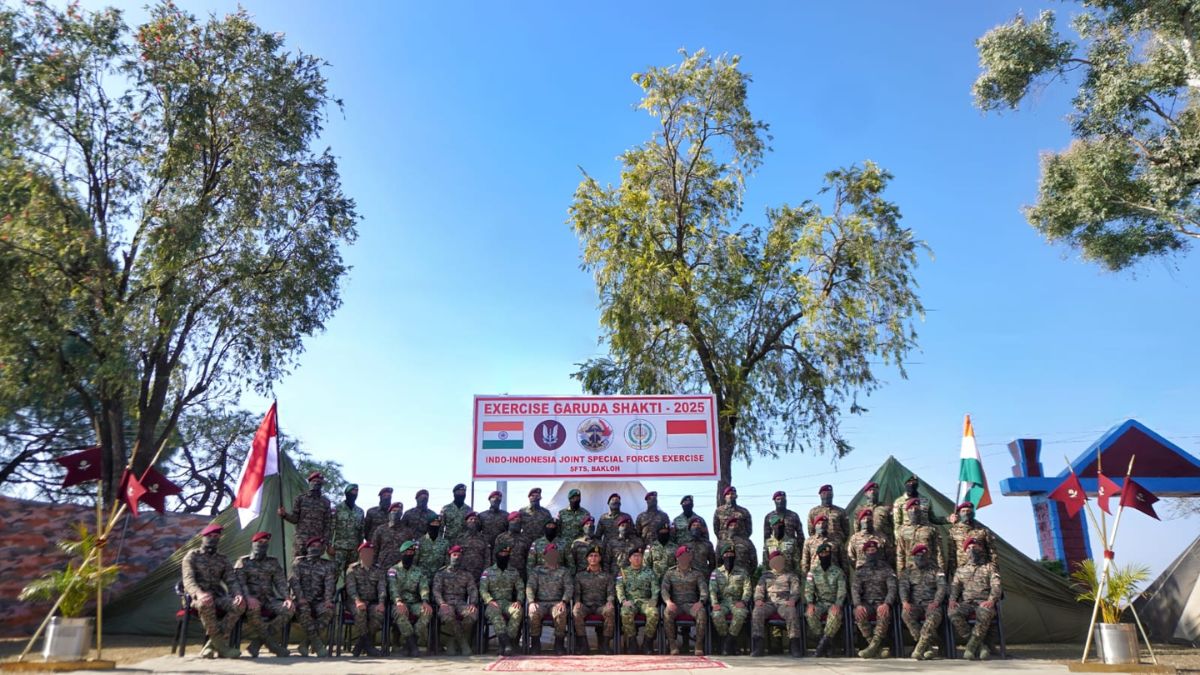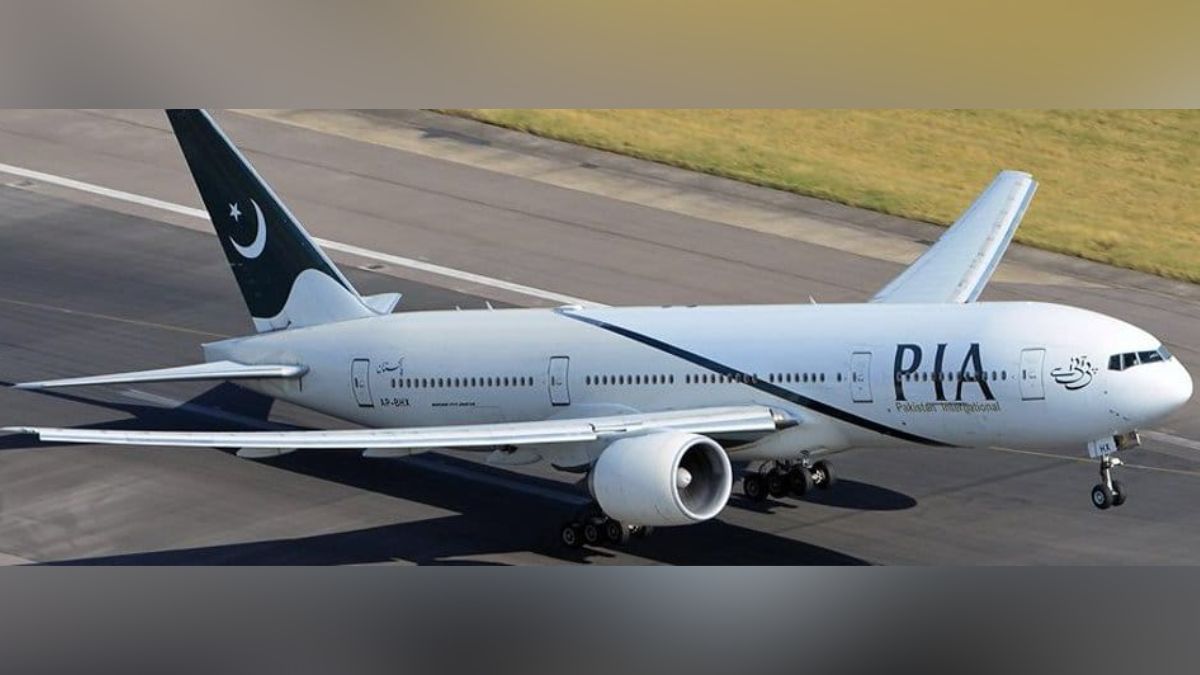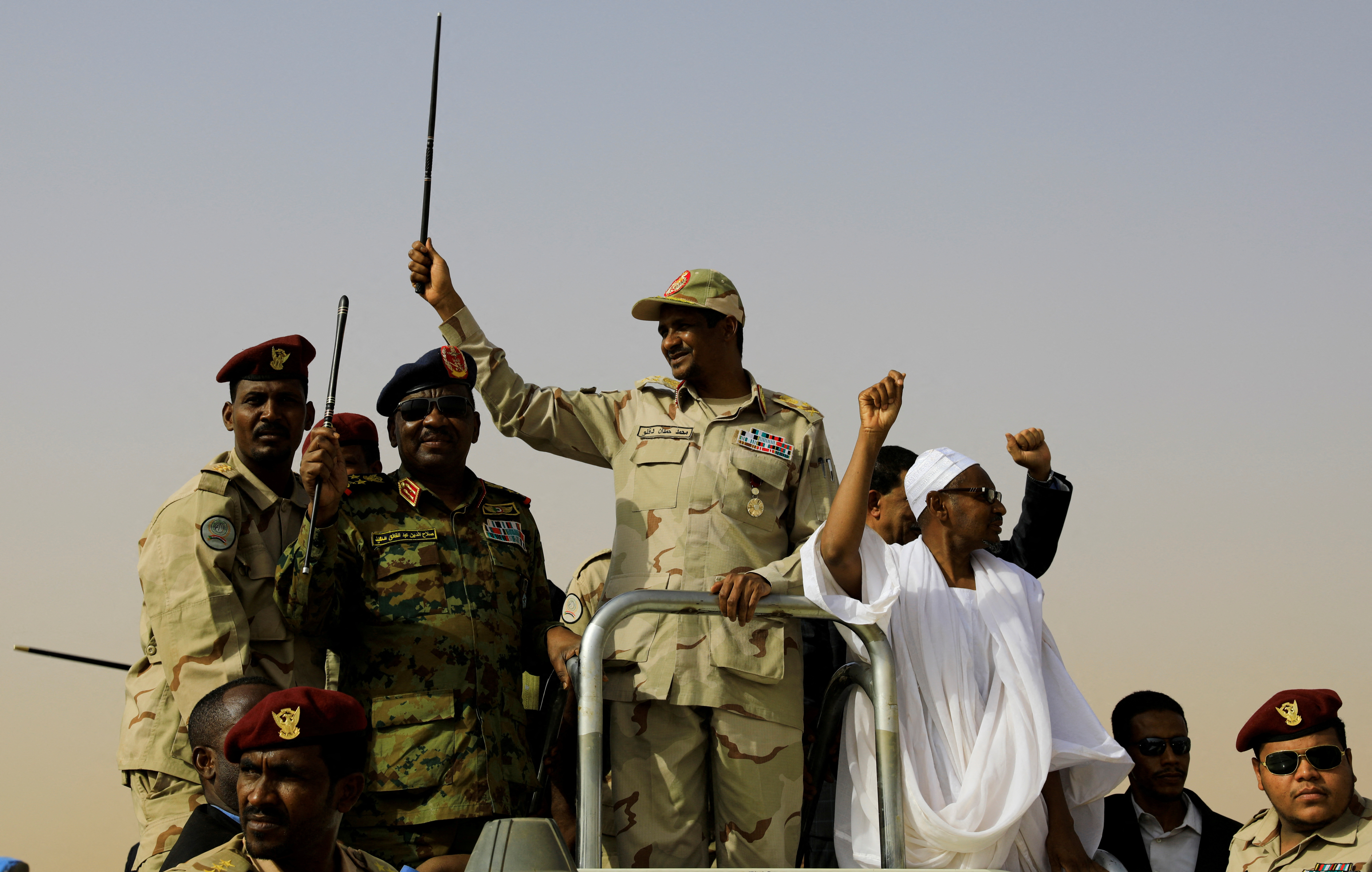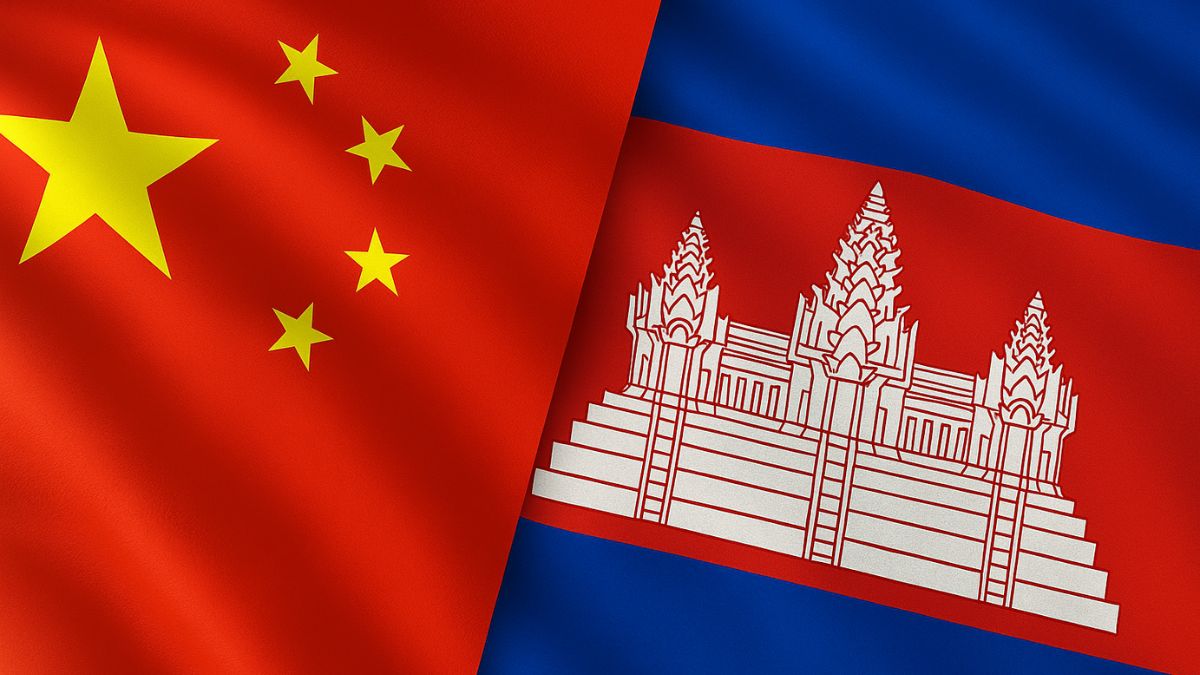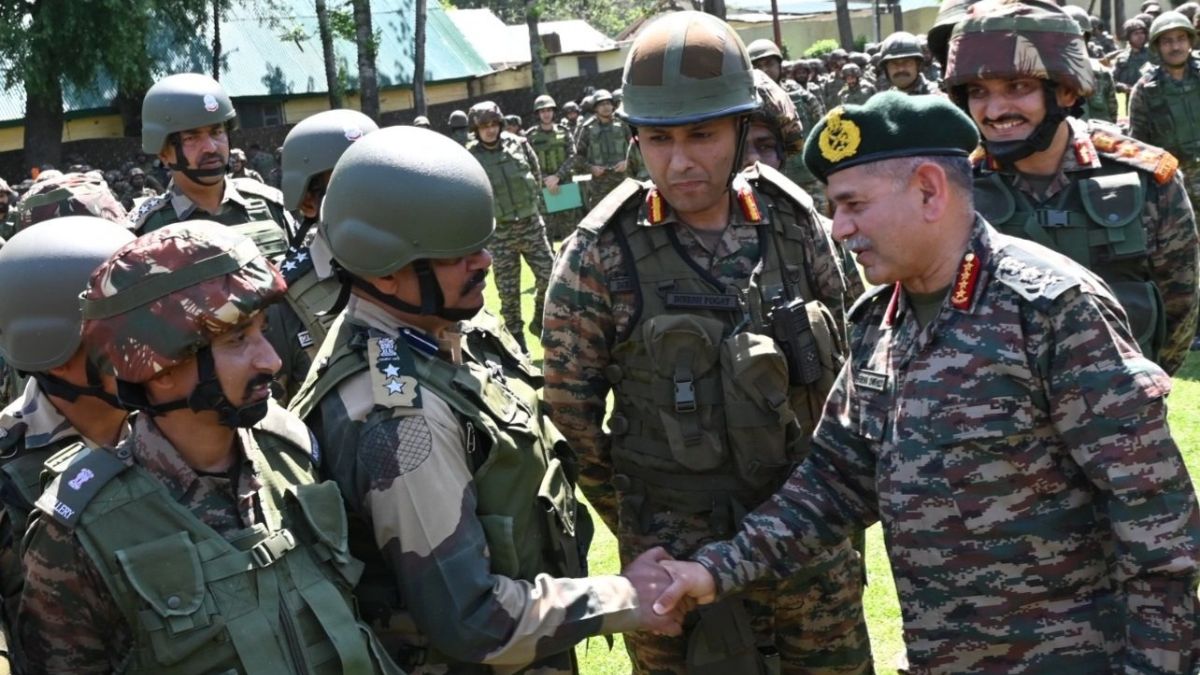Explained: Why Army, Navy, & Air Force Were Deployed at Bombay Stock Exchange
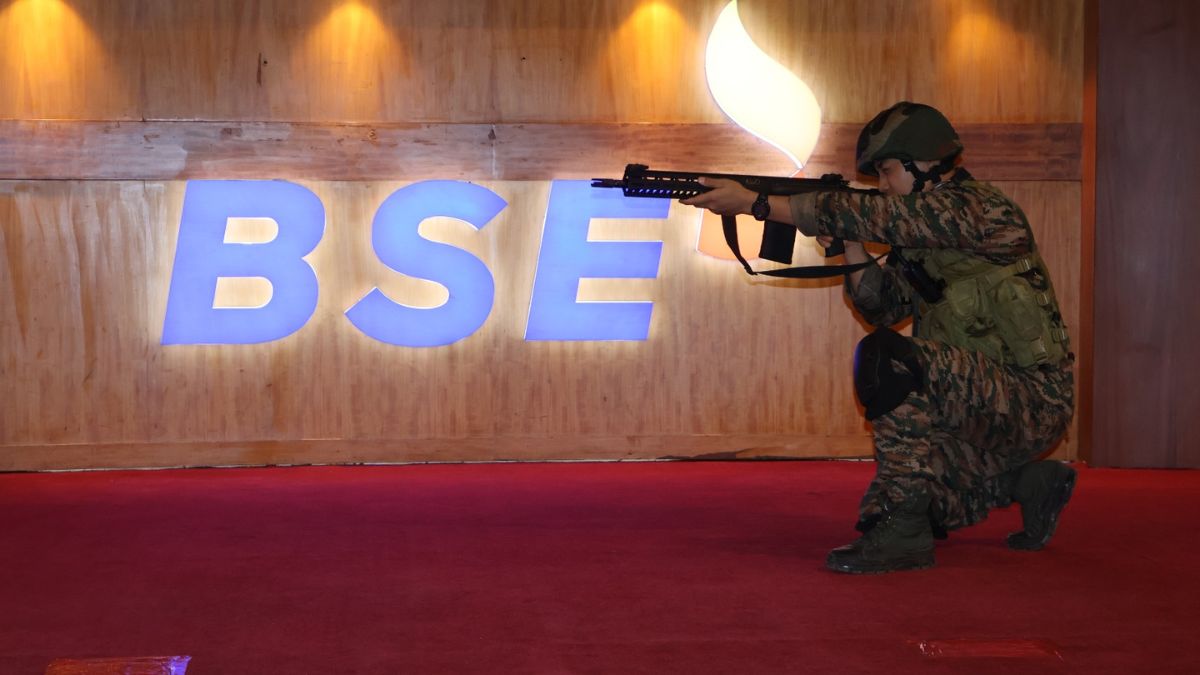
The Bombay Stock Exchange was swarmed with armed personnel earlier this week. Image courtesy: Ministry of Defence
The sight of Mumbai’s bustling Dalal Street this week drew attention— but not because of some major financial market rout or surge. Instead, it was because armed forces had swarmed the area temporarily.
On May 30-31, the Indian Army, Navy, Air Force, Coast Guard, Force One (Maharashtra), and Mumbai Police participated in a high-level Joint Inter-Services Security Exercise that culminated at the Bombay Stock Exchange (BSE).
The drill was part of an initiative to test integrated response mechanisms to non-conventional threats. Here’s what happened — and why it matters.
Why were armed forces deployed at the Bombay Stock Exchange?
The BSE, located in Mumbai’s bustling financial district, is one of India’s most critical financial institutions. As Asia’s oldest stock exchange and a hub of economic activity, it is classified as critical national infrastructure. In today’s evolving threat landscape, financial institutions are increasingly considered potential targets not just for economic disruption but also for acts of terrorism and cyber interference.
To ensure readiness in such scenarios, the Indian Army led a two-day joint security exercise, simulating high-stakes, real-world contingencies where multiple forces must operate together to neutralise a threat quickly and efficiently. The final phase of the exercise was conducted at the BSE premises, a nod to the importance of this key economic asset.
What was the objective of the security exercise and what did it involve?
The primary objective of the exercise was to test and strengthen interoperability among India’s armed forces and internal security agencies when responding to multi-dimensional threats in urban environments.
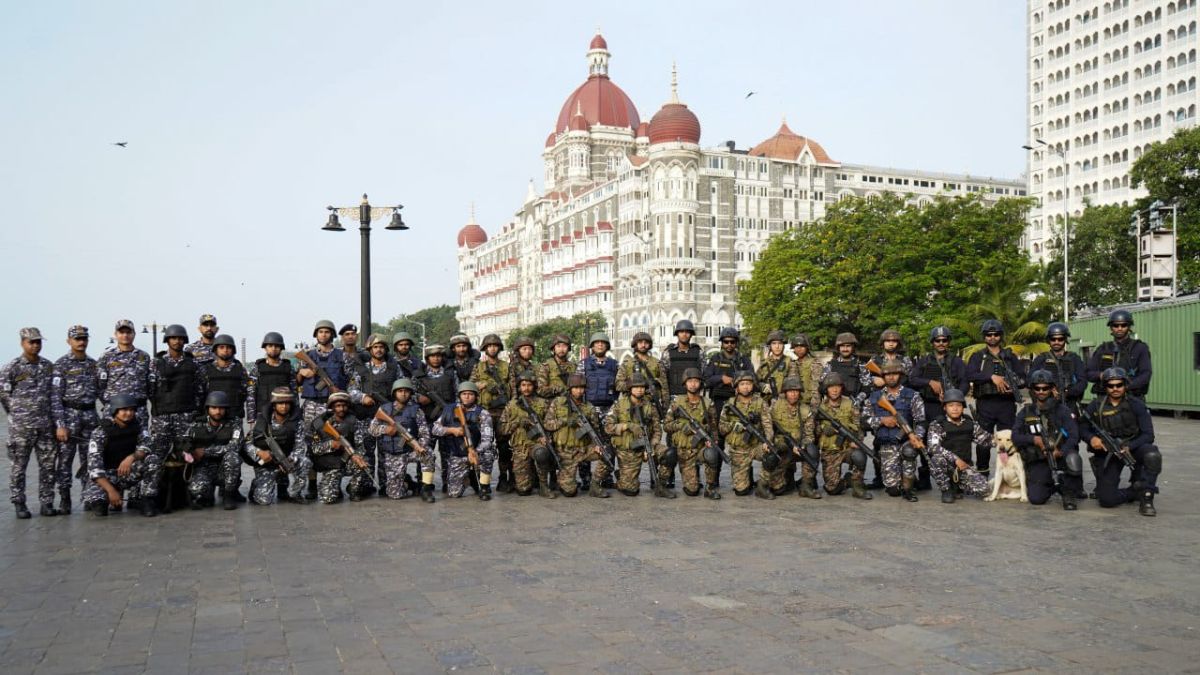
It was designed to reflect current non-conventional threat scenarios, such as coordinated terror attacks, hostage situations, or sabotage of economic infrastructure.
Key components of the exercise included:
- Tactical response drills simulating armed incursions
- Rapid deployment operations to secure vulnerable sites
- Area sanitisation and threat neutralisation protocols
- Casualty evacuation (Cas Evac) procedures
- Joint command and control simulations to streamline leadership coordination
Drills were executed at the Army Training Area in Colaba, the Force One training ground, and ultimately, the BSE— all under strict time constraints to mirror real-world urgency and stress.
Senior officials from all services monitored the exercises to ensure that standard operating procedures (SOPs) were effectively validated and that lessons could be drawn to improve joint crisis response strategies.
This joint initiative demonstrated the readiness and professionalism of India’s armed and internal security forces. It also highlighted the strategic importance of institutions like the BSE in national security planning.

